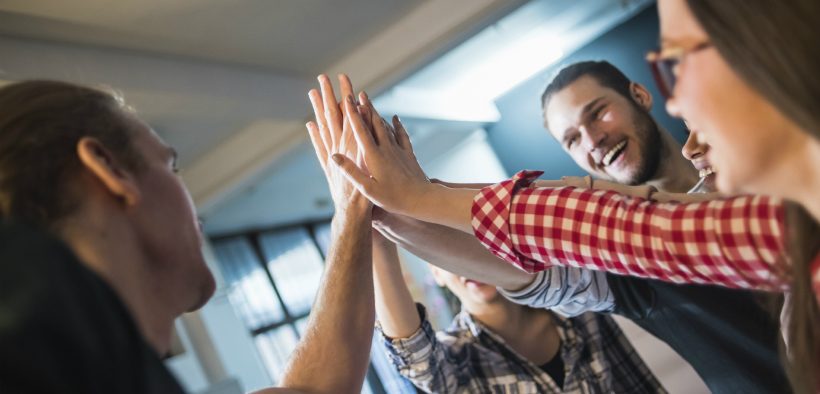Like many professors, I use group projects in my classes. When my students work together on a project, I'm hoping they'll be able to accomplish complex instructional tasks and support each other's learning on the project and in the course. In my experience, I've found that many student groups function positively and productively, but there are always some groups that do not. In those groups infighting occurs, which negatively affects the students' work in addition to their learning, their connection to course content, and their overall impression of the class.
Related Articles
I have two loves: teaching and learning. Although I love them for different reasons, I’ve been passionate about...
Active learning is a mostly meaningless educational buzzword. It’s a feel-good, intuitively popular term that indicates concern for...
Perhaps the earliest introduction a student has with a course is the syllabus as it’s generally the first...
Generative AI allows instructors to create interactive, self-directed review activities for their courses. The beauty of these activities...
I’ve often felt that a teacher’s life is suspended, Janus-like, between past experiences and future hopes; it’s only...
I teach first-year writing at a small liberal arts college, and on the first day of class, I...
Proponents of rubrics champion them as a means of ensuring consistency in grading, not only between students within...








